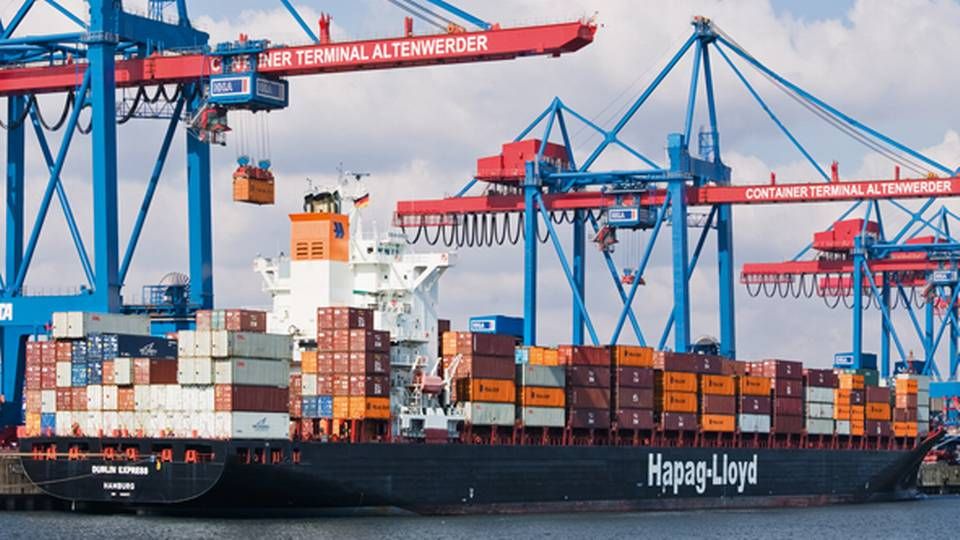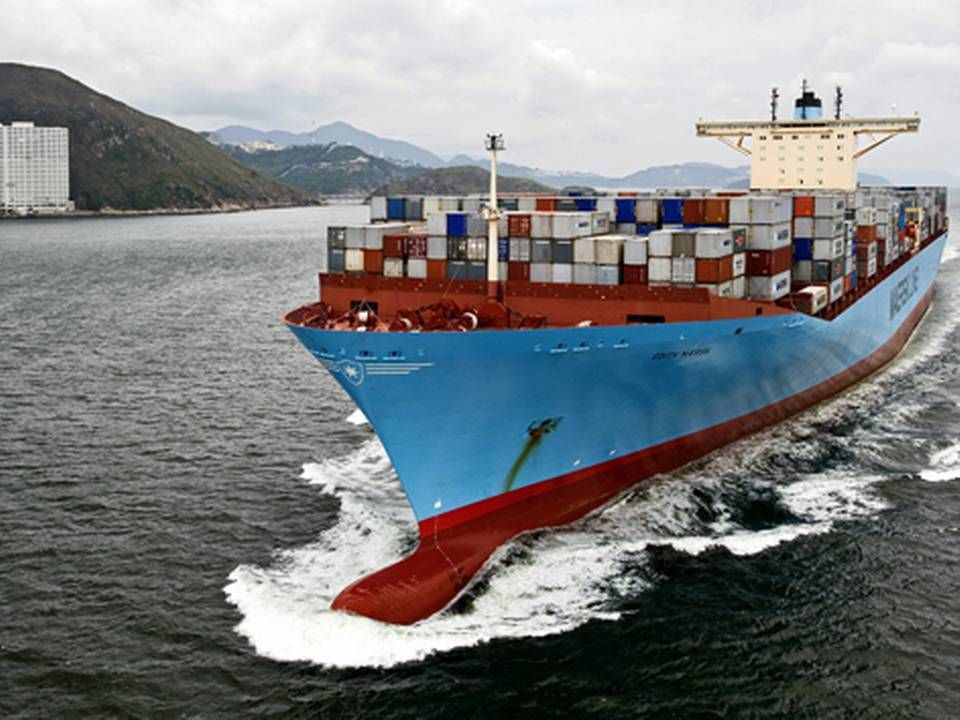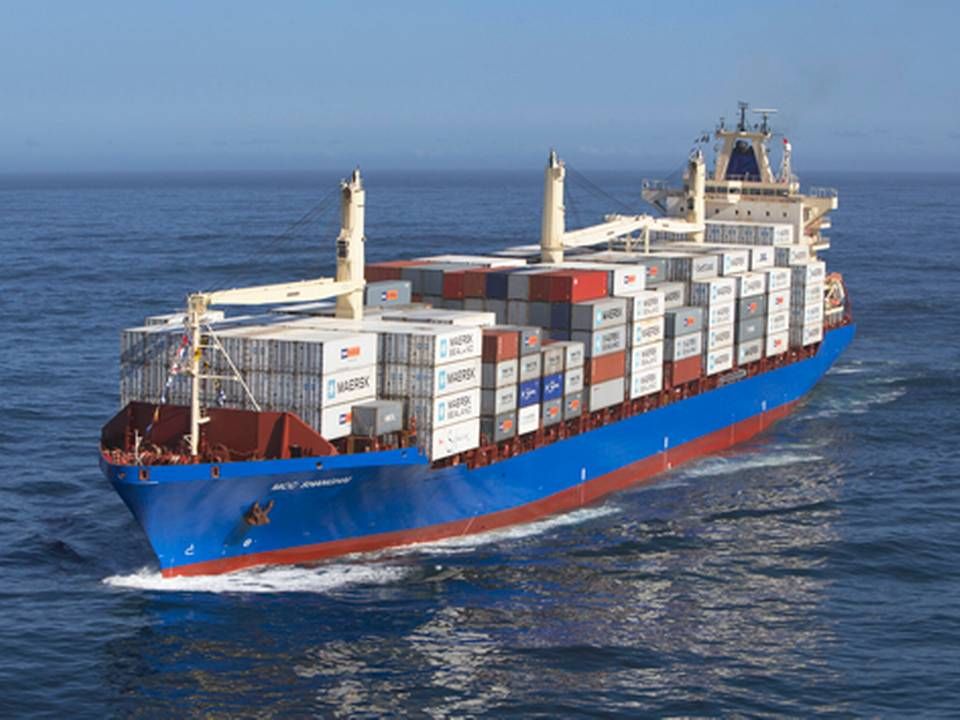SeaIntel: Customers beat container carriers on rates

The customers, represented by shippers around the world, seem to be smiling much more than the container carriers, who can once again do nothing but stand and watch while the spot rates - both globally and on the key trades between Asia and North Europe - continue to plummet.
On Friday the rates dove another 14.4 percent to a historical low of USD 399 per teu. This was the eleventh consecutive week of declining rates on Asia-North Europe, which has dropped a total of 65 percent in the period.
"These numbers illustrate that the carriers have been unable to keep hold of the savings that emerged following the diving oil price. The customers have reaped the rewards instead," partner and CEO of SeaIntel Consulting Lars Jensen tells ShippingWatch.
Another way to view the development in recent months is, according to Lars Jensen, that container carriers are now back to square one - namely that the market situation is the same as it has been for years, with the container industry struggling with overcapacity, and where only a few carriers such as Maersk Line and CMA CGM - who have managed to maintain efficient operations - are able to present solid profits.
Customers in power
"Customers are forcing the rates down by either calling for lower prices, and getting them, or by being contacted by carriers that are themselves offering lower rates," says Lars Jensen.
The market situation with far too much capacity will only be further emphasized in the coming years, according to numerous analysts referring not least to the ultra-large container ships that a growing number of carriers are embracing by ordering entire series from shipbuilders in Asia.
In addition to putting pressure on the main trades, the giant vessels also bring pressure to the smaller routes that will have to absorb the tonnage that is cascaded down the system - this is one of the reasons why the intra-Asian market is currently much less attractive than has usually been the case.
Lars Jensen points to a continued massive potential for efficiencies that the industry has yet to realize. According to SeaIntel Consulting, this amounted to USD 6-7 billion last year. But even though the carriers are now under additional pressure to locate efficiencies and savings, it is still far from certain that the all-time low spot rates will lead to more fundamental changes in the industry, where players such as Hapag-Lloyd, with the financial support from the carrier's owners, have presented one deficit after another without any major consolidation in the sector.
Habben Jansen: Decision on mega-vessels in 2015
"There are obviously owners out there who continue to support carriers even though they continue to publish negative results, maybe based on the notion that once an investment has been made, one must stick to it. Any case, the carriers are good at getting money from their owners, and as long as they continue to do so, there will be no fundamental structural change in the industry," says Lars Jensen.
Most recently, Drewry presented a picture of a market that placed numerous orders for newbuildings of up to 18,000 teu.
Around 40 ULCVs - Ultra Large Container Vessels - have been ordered since January this year, a majority of which are set for delivery in 2017 - and this figure does not include unfinished orders expected from Maersk Line and Cosco.
"The industry paid a heavy price for the huge ordering it undertook in 2006/07 and it seems that four years after Maersk spent $3.8 billion on its Triple Es, history is repeating and many lines are entering or are about to enter this now not so exclusive club. The one difference this time around is that the operational agreements should mean that not all top 20 lines will make this big step," said Neil Dekker, director of container research at Drewry.
Container rates hit by new severe decline
Drewry: 2015 another year with too many mega-vessels
Significant demand for small container ships
Alphaliner: Room for further decline in record-low container rates
Related articles
Container rates hit by new severe decline
For subscribers
Drewry: 2015 another year with too many mega-vessels
For subscribers
Significant demand for small container ships
For subscribers





















